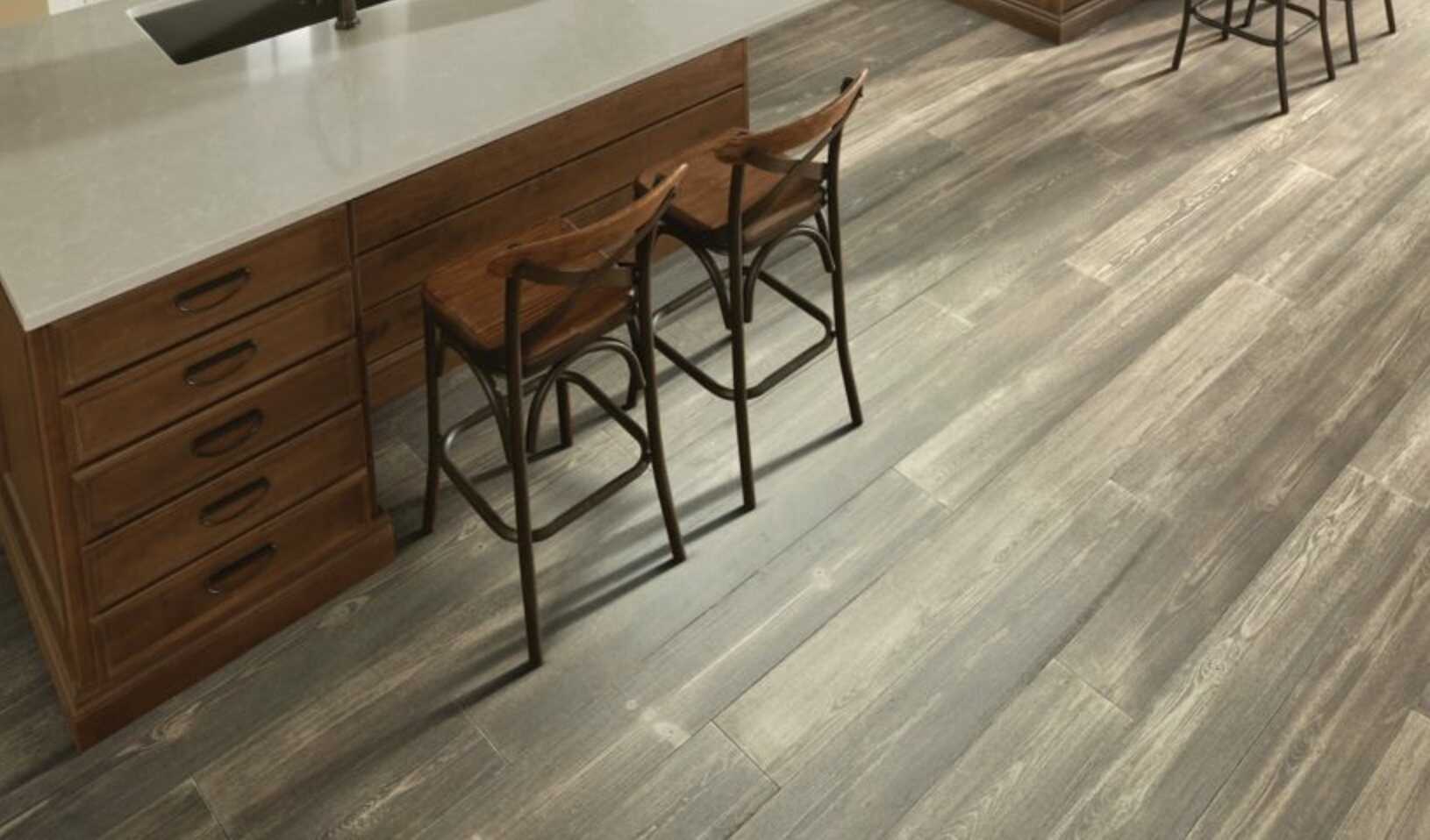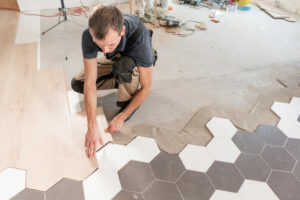
If you’re in the market for flooring, you’ve probably heard the term ‘Floating Floor’ bouncing around. It sounds mysterious. What is a Floating Floor? How can floor a ‘float’? Is it a specific type of material? A floating floor is actually not a type floor, it is an installation method. Both laminate and vinyl plank most commonly come in Floating Floor format and many of their benefits have to do with this.
Floating Floor vs. Adhered
Traditional floor coverings like hardwood, carpet and tile are all adhered to the subfloor. Hardwood is either nailed or glued, tile is adhered with thinset and carpet is held down by what we call ‘smoothedge.’ But Floating Floors aren’t actually adhered to the subfloor: they ‘float’ (rest) on top. Strange eh?
You might wonder what keeps floating floors held down? The answer is— proper installation. When floating floors are professionally installed, they are perfectly fit to the size of the room. This combined with the weight of the floor which rests on an underlayment that adds friction, keeps the floor held in place.
Benefits of a Floating Floor
There are two main types of floor covering that use the Floating Floor format: Vinyl Plank and Laminate. In the last decade, vinyl plank and laminate have become very popular floor coverings. Part of the reason is affordability and the other part is practicality. Unlike traditional floor coverings, floating floors can be installed nearly anywhere, they are quick and simple to install and can be waterproof.
(See our blog on waterproof vinyl plank and water resistant laminate)
Installed Anywhere
Because they simply sit on top of the sub floor, Floating Floors can be installed in any room over any kind of subfloor. Traditional types of floor coverings have very specific subfloor needs which create certain limitations. For example, installing hardwood over concrete is a very tricky and costly process. The hardwood needs to be engineered and each board needs to be glued. Not ideal. Floating Floors on the other hand, can easily be installed over concrete subfloors, which are common in basements and condos.
Quick Installation Process
The other big benefit to going with a Floating Floor is that they are easy and quick to install. Floor installations take up time and space in your home. During the installation process, your home is essentially a construction zone. So choosing a floor that is quick, easy and clean to install means that the installation will progress quickly and you’ll have your home back in no time… with less leftover dust to boot.
Conclusion
If you have any more questions about Floating Floors, send us an email or give us a call. Better yet, if you live in Calgary and you’re in the flooring market, stop by our showroom at 525 58th Aveue SE. The Floorscapes team has as much experience as we do passion: combined, we have over 150 years in the world of Calgary flooring. We offer our knowledge, our expertise and our aesthetic sensibility in order to help you create a space that you will love.
Written by guest author Eric Osborne.






